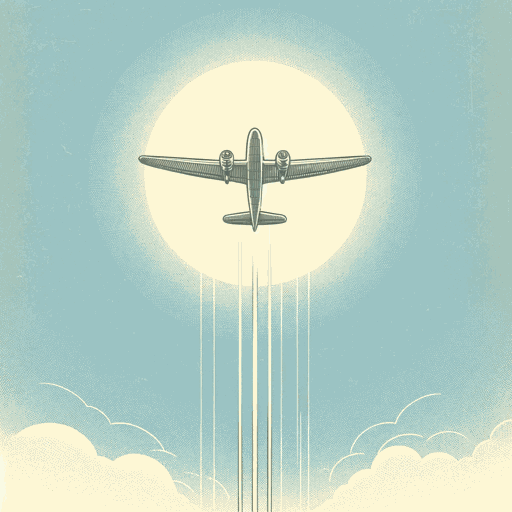18 pages • 36 minutes read
John Gillespie Magee, Jr.High Flight
Fiction | Poem | Adult | Published in 1942A modern alternative to SparkNotes and CliffsNotes, SuperSummary offers high-quality Study Guides with detailed chapter summaries and analysis of major themes, characters, and more.
Poem Analysis
Analysis: “High Flight”
The sonnet “High Flight” details both the actual experience of taking a high- altitude flight in a fighter plane in 1941 and serves to illuminate how the experience creates the emotion of awe which seems to transcend earthly boundaries to become divine. While it is generally thought that the poem was inspired by John Gillespie Magee Jr.’s own high-altitude training, the speaker is not purely autobiographical. The rendering of the pilot’s experience also conveys a sense of appreciation for any exceptional activity.
The poem begins during flight as the pilot lets out an ecstatic “Oh!” (Line 1) before remarking that they have left the “surly bonds of Earth” (Line 1) behind. These trappings imply that the material world of the ground is a less-navigable place than the air, which is positioned as a place of freedom and positivity. The pilot’s flight allows them to escape any restrictions, bringing them a sense of joyous buoyancy. Thus, the plane is described as having “laughter-silvered wings” (Line 2, emphasis added) an image that is then echoed in the “tumbling mirth / of sun-split clouds” (Lines 3-4, emphasis added). These images add to a euphoric sense of happiness, first hinted at by the exclamation in the opening line as the pilot’s excitement bubbles over.

